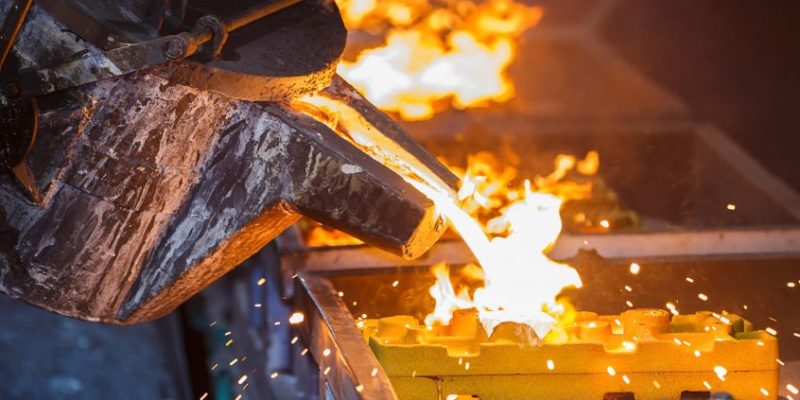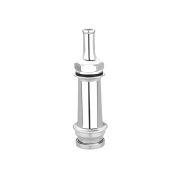Sand casting is a time-tested manufacturing process that has been in use for centuries. In the ever-evolving world of industrial production, sand casting stands as a testament to its enduring efficiency.
This article explores the efficiency continuum of sand casting, highlighting five compelling reasons why it continues to be a prevailing choice in the manufacturing industry. From its versatility to cost-effectiveness, sand casting offers a range of advantages that make it a dependable option for producing a wide array of metal components.

Efficiency Continuum: Reasons Sand Casting Prevails
- Versatility:
One of the key reasons why sand casting prevails in the manufacturing industry is its remarkable versatility. Sand casting allows for the production of complex and intricate metal parts that may be challenging to create using other methods.
Whether it’s creating intricate engine components or large industrial machinery parts, sand casting offers the flexibility needed to meet diverse production requirements. This adaptability is essential for industries where customization and precision are paramount.
- Cost-Effectiveness:
Cost-effectiveness is a critical factor in any manufacturing process, and sand casting excels in this regard. The materials used in sand casting, including sand, clay, and water, are readily available and cost-effective.
Moreover, the relatively simple equipment and molds required for sand casting make it an affordable option for both small-scale and large-scale production. Additionally, sand casting minimizes material waste, further contributing to its cost-effectiveness.
This makes it an attractive choice for industries looking to optimize their production costs without compromising on quality.
- Production Speed:
In the fast-paced world of manufacturing, efficiency is often synonymous with speed. Sand casting is renowned for its quick production cycles. The process involves creating molds from readily available materials, making it possible to go from design to a finished product in a relatively short time.
This rapid turnaround time is particularly advantageous for industries with tight production schedules, such as automotive and aerospace. Sand casting’s ability to deliver parts quickly without sacrificing quality has contributed to its enduring popularity.
- Design Freedom:
Design freedom is a crucial aspect of any manufacturing process, and sand casting offers designers and engineers ample creative latitude. The process accommodates intricate designs and complex geometries, making it an ideal choice for industries where product innovation is paramount.
Sand casting’s adaptability to a wide range of metals, including aluminum, iron, and brass, further enhances design flexibility. Manufacturers can experiment with various alloys to achieve the desired properties in their components, ensuring that the final product meets the highest standards of quality and performance.
- Environmentally Friendly:
In an era where sustainability is a top priority, sand casting stands out as an environmentally friendly manufacturing option. The use of natural materials like sand and clay minimizes the environmental impact associated with other manufacturing processes.
Sand casting also generates minimal waste, as sand can be recycled and reused in subsequent casts. Additionally, the energy consumption in sand casting is relatively low compared to other methods, further reducing its carbon footprint.
Manufacturers committed to eco-conscious practices find sand casting to be a responsible choice that aligns with their sustainability goals.
Conclusion:
In conclusion, sand casting’s place on the efficiency continuum is well-earned. Its versatility, cost-effectiveness, production speed, design freedom, and environmentally friendly attributes make it a compelling choice for manufacturers across various industries.
As technology continues to advance, sand casting remains a steadfast and reliable method for producing high-quality metal components. Its enduring efficiency ensures that it will continue to prevail in the world of manufacturing for years to come, meeting the evolving needs of industry and innovation.









Comments